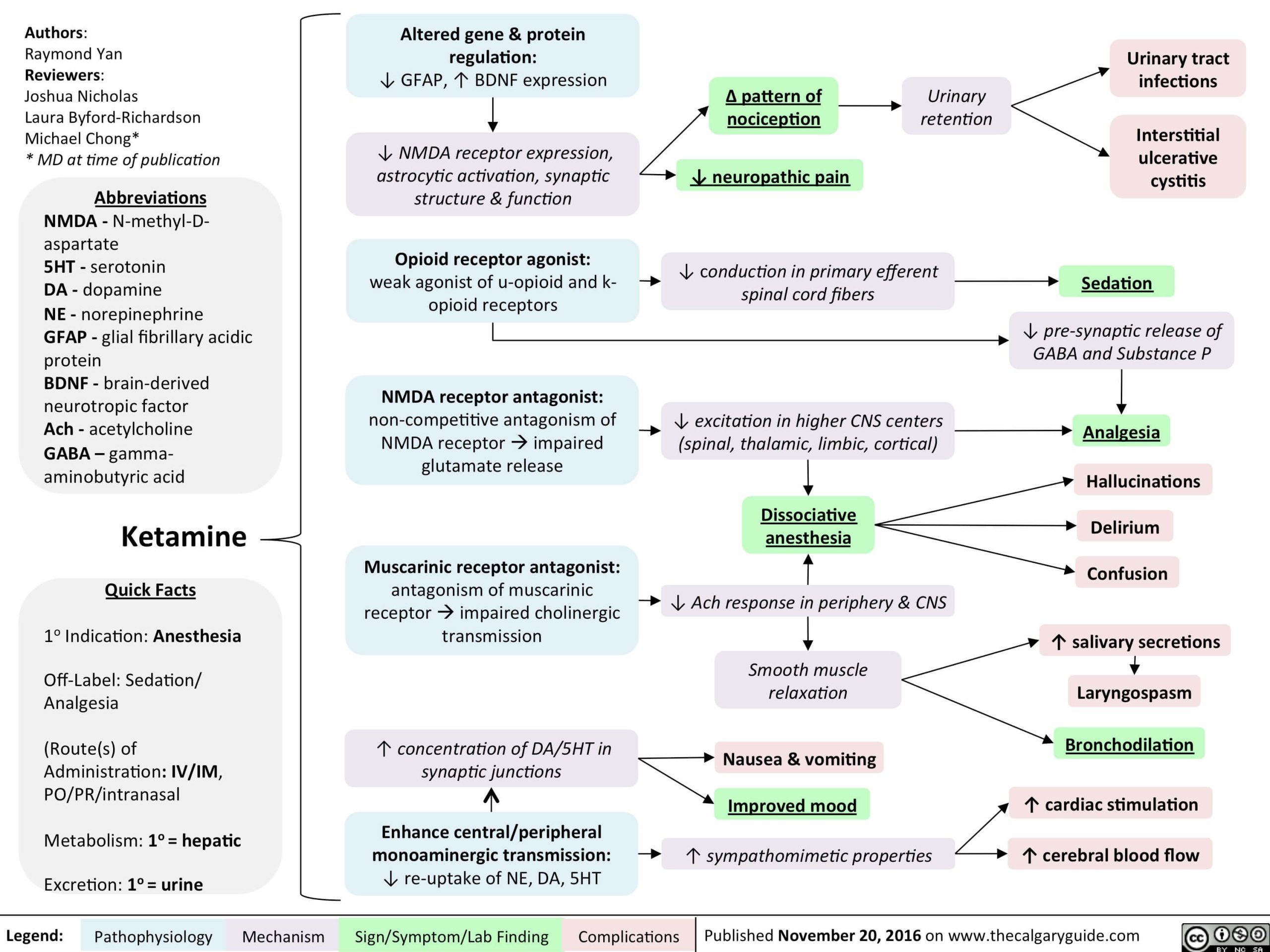K: Kids (Induction agent of choice in children) E: Emergence reaction (floating sensations, vivid dreams and hallucination; reduced using benzodiazepines), Enantiomers (S-Ketamine and R-Ketamine) T: Thalamo-cortical dissociation with limbic system causing dissociative anesthesia A: Analgesic, Amnesic, Antidepressant, All routes (IV, IM, PO, Intranasal, Epidural, Intrathecal) M: Meals – can be…
Tag: Pharmacology

Pharmacology of Clindamycin : Mnemonic
Class: Lincosamide Mechanism of action: Binds 50S subunit of ribosome and inhibits translation – bacteriostatic (Remember the mnemonic: buy AT 30 & CELLS at 50) Spectrum: Gram positive and Anaerobes Mnemonic: PAST Penicillinase producing Staphylococci Anaerobes (Bacteroides, Clostridium, Fusobacterium) Streptococci (Viridans, Pyogenes, Pneumoniae) Toxoplasma Uses: Mnemonic: PAST Peritonitis, Pelvic abscess,…
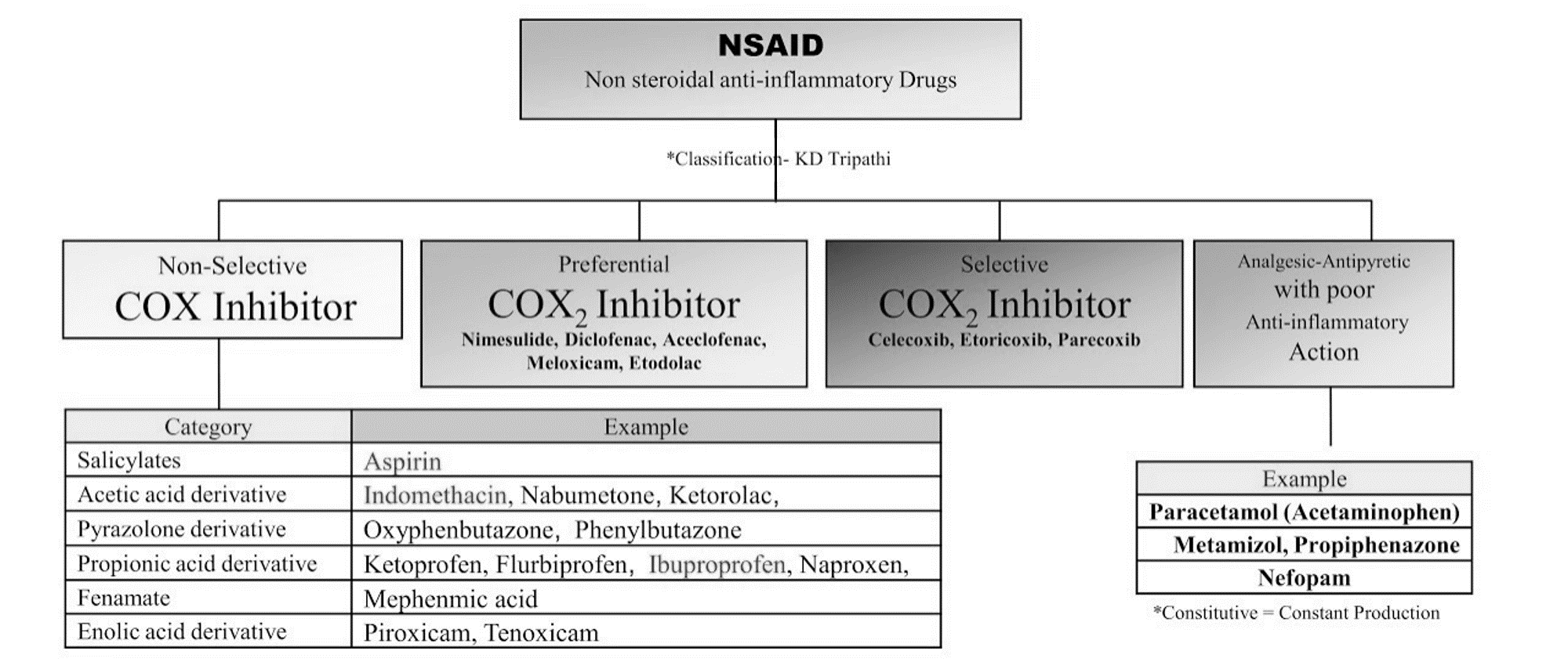
NSAIDs : Mnemonics
Classification Mnemonic: Prescribed By SOFIA Propionic acid derivatives: Ibuprofen, Ketoprofen, Flurbiprofen, Naproxen Pyrrolo-pyrrole derivates: Ketoroloac Pyrazolone derivatives: Phenylbutazone, Oxybutazone Benzoxazocine derivatives: Nefopam Salicyaltes: Aspirin Selective COX-2 inhibitor: Celecoxib, Etoricoxib, Parecoxib Oxicam derivatives: Piroxicam, Tenoxicam Fenamic acid derivatives: Mefenamic acid (Anthranilic acid derivative) Indol derivatives: Indomethacin, Sulindac Aryl acetic acid derivatives:…
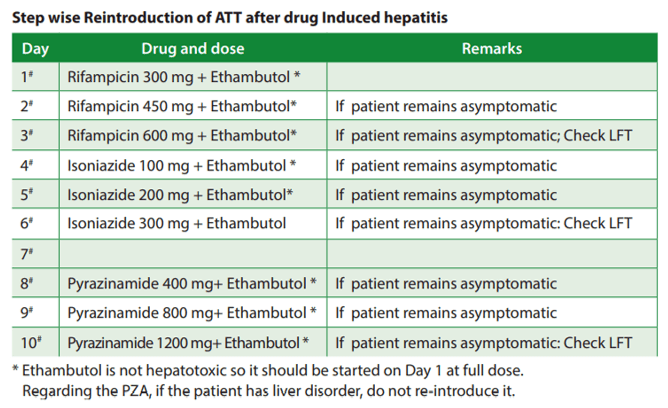
Management of Anti-tubercular therapy (ATT) induced Hepatitis
Definition of ATT induced hepatitis ALT > 3 X Normal + Symptoms OR ALT > 5 X Normal without Symptoms Management of ATT induced hepatitis 1. Hold all TB drugs for 7-10 days. Wait before restarting ATT until: Symptoms: Resolve ALT <2.5 X Normal For severe TB, patients should be…
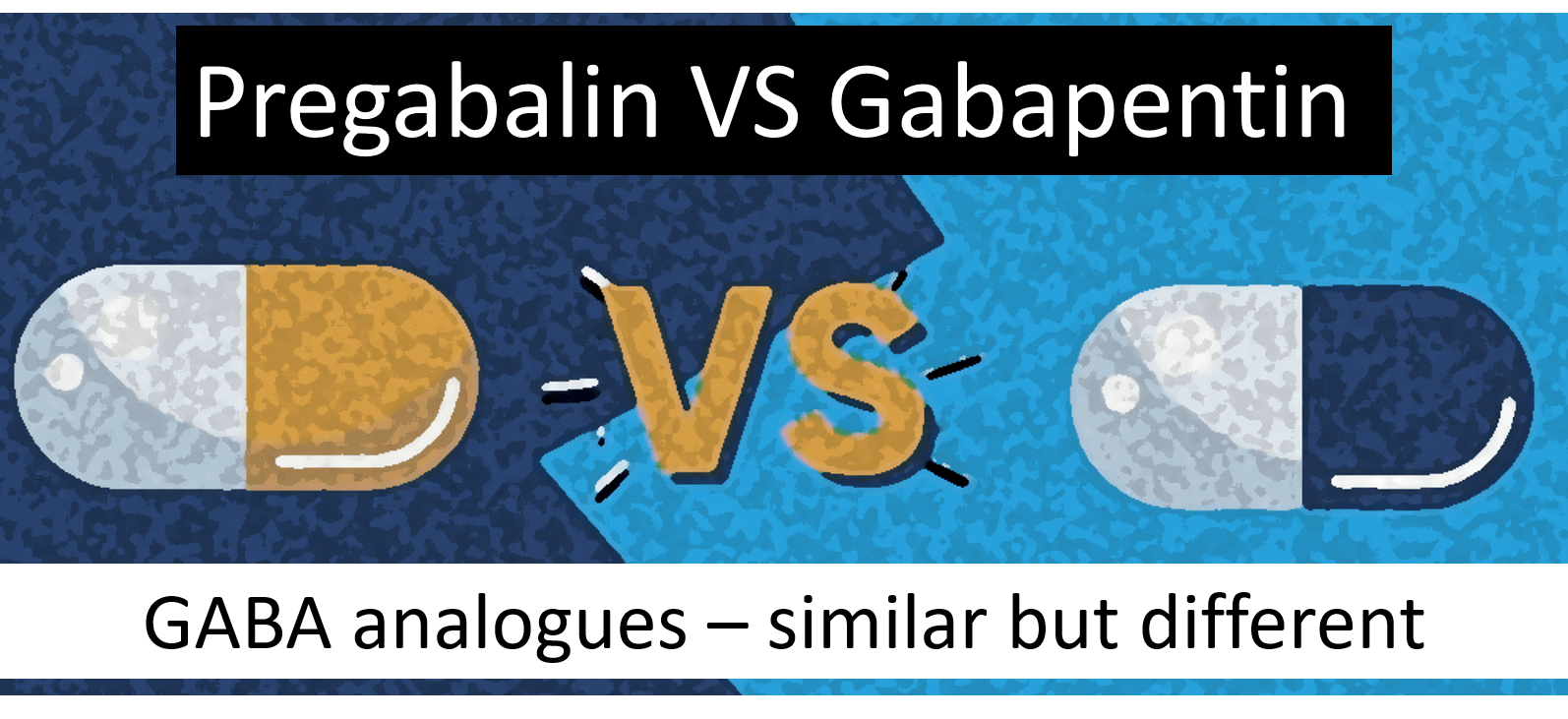
Pregabalin vs Gabapentin
Both pregabalin and gabapentin are GABA analogues that bind to presynaptic neuron’s voltage-gated calcium channels (VGCC), specifically to the alpha-2-delta protein leading to reduced calcium influx at the nerve terminals. This leads to reduced release of excitatory neurotransmitters. Though the compounds are similar they have few important differences that must…

Atropine Induced Paradoxical Bradycardia
Atropine induced paradoxical bradycardia is the sinus bradyarrhythmia following low-dose atropine resulting from the paradoxical slowing in the sinoatrial (SA) node discharge rate. Mechanism of Atropine Induced Paradoxical Bradycardia Central vagotonic effect (blocking M1 acetylcholine receptors in parasympathetic ganglion controlling SA node) of atropine which, at higher doses, is masked…
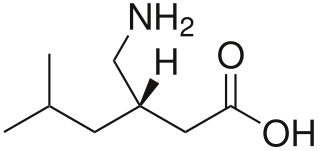
Pregabalin : Pharmacology
Pharmacokinetics After oral ingestion, Pregabalin is rapidly absorbed (Tmax 1.3 hr) Bioavailability is >90% and independent of dose Pregabalin is NOT protein bound Vd is 0.4 L/kg Serum pregabalin concentrations are linearly related to dosage Pregabalin is NOT metabolized Pregabalin is primarily excreted unchanged in urine (98%) with a clearance…

Enzyme Inducers and Inhibitors : Mnemonic
Cytochrome P450 Inducers Mnemonic: SCRAP GP Sulfonylureas, Smoking Carbamazepine, Corticosteroids Rifamycins (Rifampicin, Rifabutin) Alcohol (Chronic) Phenytoin Griseofulvin Phenobarbital Cytochrome P450 Inhibitors Mnemonic 1: VIDEOCASE Valproate Isoniazid Disulfiram Erythromycin, Clarithromycin (not Azithromycin) Omeprazole Cimetidine Allopurinol Sulfonamides Ethanol (Acute) Mnemonic 2: SICKFACES.COM Sodium valproate Isoniazid Cimetidine Ketoconazole Fluconazole Alcohol (Acute) Chloramphenicol Erythromycin…
